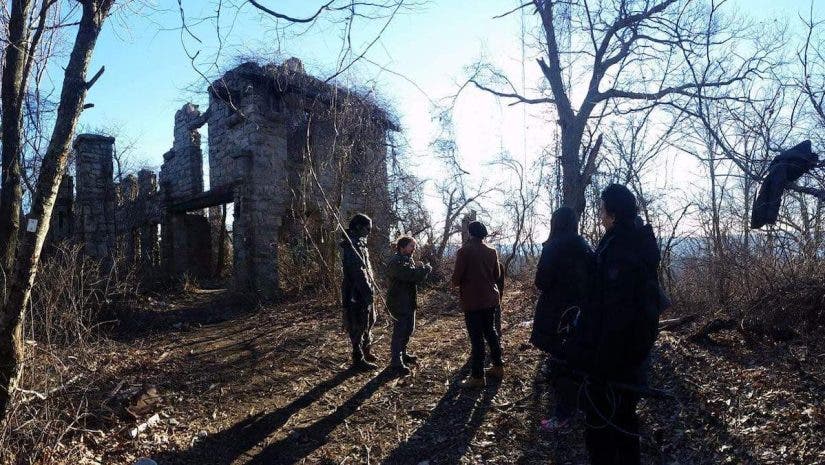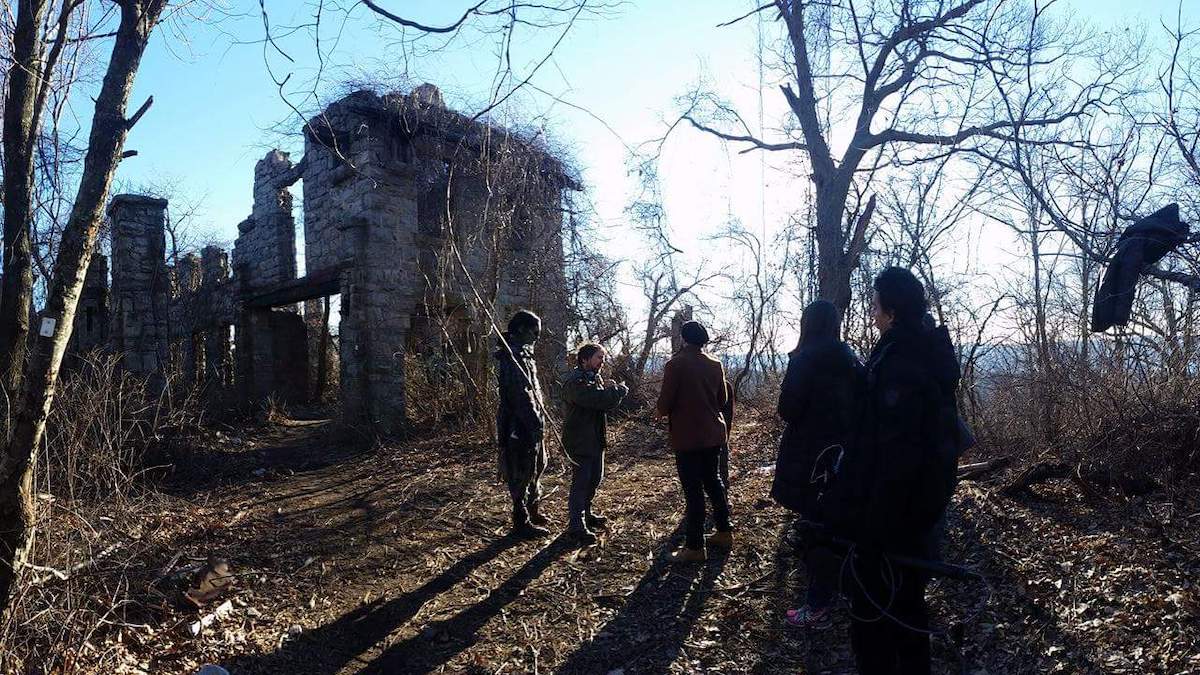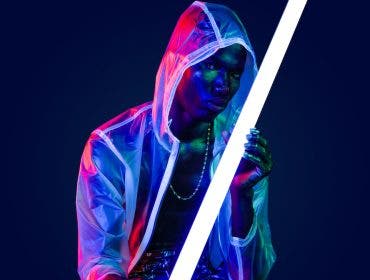The air is cool, the leaves are changing, and the sounds of zombies can be heard from living rooms everywhere. During this time of year, fans break out cult classic films to binge such as “Trick R’ Treat,” “Evil Dead,” “Halloween,” and various other slasher and monster films that stretch the limits of imagination. Having been a horror fan my entire life, I often wonder what it would be like to write and direct a horror movie. While speaking with New York City horror filmmaker Jeremiah Kipp, he offered some insight into what it’s like to work in horror filmmaking.
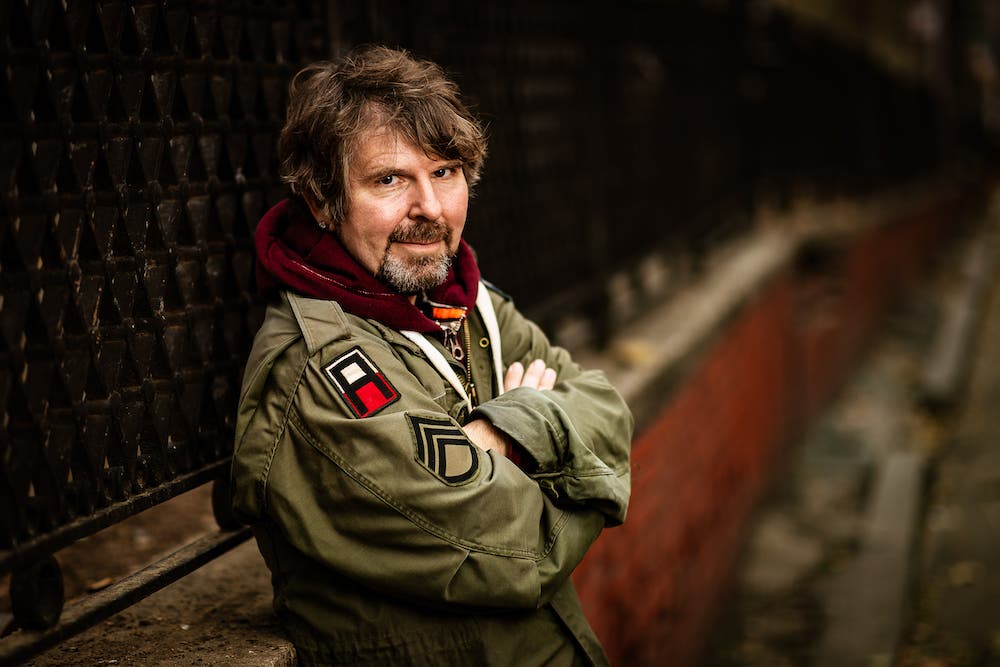
Using nothing but an old VHS camcorder, Jeremiah began making films as a kid in rural Rhode Island. That passion led him to attend NYU film school and he continues to make movies with his friends today — just on a much larger scale. Over the past 25 years, he has built up a vast library of work that makes him a sought-after commodity in today’s horror scene that’s been salivating for a fresh perspective.
“When you’re a little kid watching these horror movies, it feels like this mysterious adult world…like you’re being told secrets of something,” Kipp said.
Kipp’s Love for Horror Filmmaking
Every horror film lover has that one moment they fell in love with horror. With Jeremiah, it was no different. He finds himself reminiscing about the movie that fostered his interest in horror — “Dawn of the Dead” (1978) by George A. Romero.
“I remember the heroes of that movie live in a shopping mall and they have to kick all of the zombies out of it. I thought that was the most fun that anyone could possibly have. Living in a shopping mall, you’re driving a car around inside of it, and it’s filled with zombies,” he said. “That sounds like the wildest thing. That’s so exciting on every level as an audience member and as a filmmaker and I wanted to do that. I wanted to do that for a living.”
Kipp later read a book about how George A. Romero made “Night of the Living Dead.” It helped solidify the realization that he wanted to make horror movies. He was inspired by these filmmakers who had no money, but what they did have was a really interesting idea.
“All of our common fears and fantasies can get translated into horror movies.”
As a young, budding horror filmmaker, he also found inspiration in “The Texas Chainsaw Massacre” (1974) by Tobe Hooper.
“I remember watching it as a kid and being so afraid. There was so much chaos and danger on the screen. You could feel the Texas heat beating down on the characters when they’re in the house. It’s almost like you can smell the smoothie,” Kipp said.
While Texas Chainsaw Massacre is often remembered for its blood and gore, Kipp prefers the building of dread and anticipation in his own work. He believes the longer the filmmaker can sustain a feeling that something terrible is about to happen, the more entranced the audience will be. It’s about suspending their disbelief and making them wonder where evil will come.
“All of our common fears and fantasies can get translated into horror movies. When you’re watching from a safe distance, you’re able to just experience the thrill ride,” Kipp said.
On the Set of a Horror Film
Many people will never get the chance to experience true movie-making magic. By that, I’m referring to being on a film set and watching the vast amount of blood, sweat, and tears that go into making any film — especially horror. What does that experience feel like?
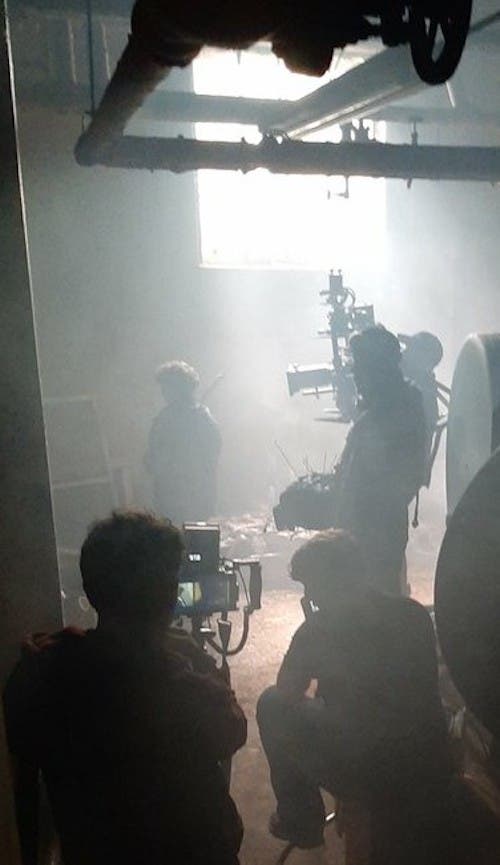
“It’s completely unlike watching a horror film because, when you’re watching a horror film, you’re immersed in the world of the story,” Kipp said. “When you’re making it happen, it often feels more like a muppet show. Everyone on set can see in front of them how silly the makeup looks on this monster with rubber and puppetry. The whole thing just looks ridiculous.”
Although, that’s only a single part of the entire horror filmmaking process. There’s plenty of work that goes into making a film including penning the screenplay, casting, set building, world building, sound, score, and more. What may hold a more important focus to one filmmaker won’t hold true for another.
“Actors are some of the greatest special effects there are. If the actor fully commits and believes the terror, the audience will believe it too.”
For Jeremiah, he spends a large part of his time thinking about not only the character, but also the actor. A lot of that has to do with selling the scare or the monster itself. In a movie, only an actor can help bring the truth to all of that.
“Actors are some of the greatest special effects there are. If the actor fully commits and believes the terror, the audience will believe it too,” Kipp said.
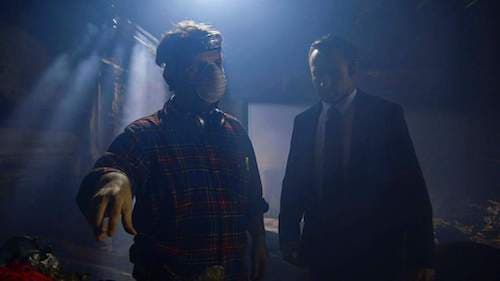
When he’s writing and creating this world, he always thinks about the character and how these people will try to survive and escape what is coming after them. It also doesn’t hurt to make them as real as possible, to help add a level of believability for the audience.
“We all feel scared in our everyday lives. But, when we see it in a movie, it becomes fun because you get to experience that sense of adrenaline without any danger actually happening to you,” Kipp said.
Breaking into the Horror Film Industry
It should come as no surprise that it took years of hard work, learning, experience, and failures to get to where Kipp is today. He’s also been a producer and assistant director in between his own directing gigs to help pay the rent.
The first horror gig he ever directed was a short film, called “Contact”, that was heavily inspired by David Cronenberg. Eventually that short film played at 60 film festivals and producers took notice. They wanted him to direct a feature (his first) called “The Sadist,” starring horror icon and makeup artist, Tom Savini. He was then able to direct his first feature off the back of a short film.
Following the success of the film — and happy producers — he created another short film about a science experiment that goes wrong. Not only did he have similar success on the film festival circuit, but it was even greater.
This time, he found his short playing at over 100 festivals and another set of producers had approached him about directing another feature film. This time, it was directing a vampire film set in Brooklyn. After that, there was an H.P. Lovecraft-style film called, “Black Wake” (starring Tom Sizemore).
Horror Filmmaking Gear and Props
Kipp suggests avoiding traditional styles and lens choices. Instead, he tries to be bold and daring in the way he shoots horror films with both high and low angles. Low angles make the enemy look more powerful while the higher angles can make a character look powerless.
Don’t be afraid to be wildly experimental. Use the tools at hand to take risks, make things feel or look more distorted than they may normally need to be.
“I can’t think of anything more exciting than making a horror movie. Who wouldn’t want to experience turning Jeff Goldblum into a giant fly? How many times are actors asked to play a fly?”
Many in horror filmmaking tend to work with extremely limiting budgets, so VFX is not always the best choice. Practical SFX makeup and prosthetics tend to be the go-to. For Jeremiah, it’s no different. While it depends on the story, monster, and effects, he feels practical makeup is best since the audience tends to respond better to things that seem more relatable. If needed, VFX can help augment some of that.
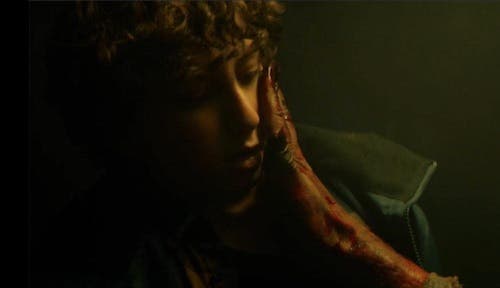
“Sometimes the things in the shadows that we never see are the scariest,” Kipp said.
If you don’t have a lot of funding, your creativity is pushed to even greater limits. It can be exciting to think out of the box to make the audience feel afraid and unnerved without spending a ton of money.
“I can’t think of anything more exciting than making a horror movie. Who wouldn’t want to experience turning Jeff Goldblum into a giant fly? How many times are actors asked to play a fly?” Kipp said.
Thoughts on Film School
Quentin Tarentino has been probably one of the biggest vocal advocates against film school. We’ve heard it time and time again. Jeremiah’s perspective was a little different.
“I knew nothing before film school. In film school, I learned technique. After film school, I learned what not to do on sets and in storytelling. After that, I think you’re ready to make movies,” he said.
But there certainly isn’t a right or wrong answer, and everyone should do what’s best for them.
“You meet so many interesting people on movie sets. You come to realize that everyone gets there their own way,” Kipp said. “Back in the 90s, it was cheaper to go to film school. There was also no YouTube around. However, film school can be necessary to build a culture of like-minded people.”
Advice for Future Horror Filmmakers
No matter if you’re looking for a career in front of or behind the lens, the roads taken to success in the horror filmmaking industry are vast. No one can give you a direct answer and, ultimately, the path you choose is what’s best for you.
Kipp’s advice for up-and-comers looking to break into horror filmmaking was simple: “Work begets work.”
Directors should take on the projects that come their way and do them well. Rather than letting your work sit around, put it out there for people to see. After directing a few shorts written by others, he eventually became a work-for-hire director. On his first three features, he would be directing other people’s scripts.
The sixth feature he directed took him almost ten years to make. “Slapface” (starring August Maturo and Dan Hedeya) was based on a short film that was used as a proof of concept. He knew if he never was able to make the feature, at least he was able to make the short. Once again, the festival run was enough to draw producers’ attention.
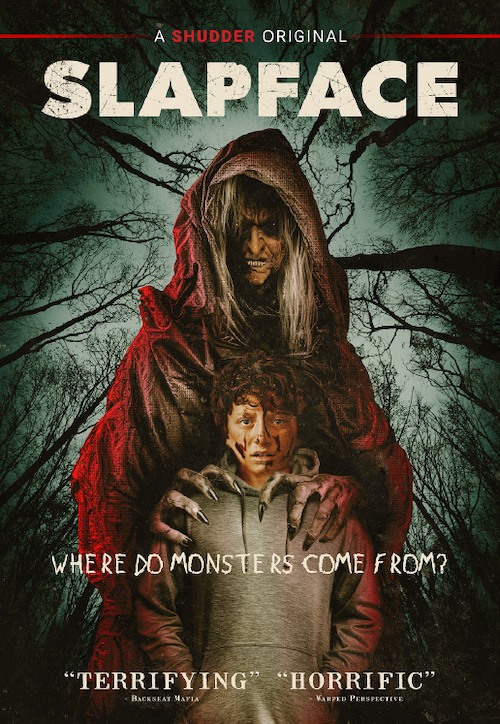
“Almost every job I have gotten for a feature has been off the back of a short film. I just told the story I wanted to tell and wanted to make,” Kipp said.
Jeremiah recently finished working on a short film called, “Don’t Pick Up” starring horror icon Keith David, pre-production on “The Mortuary Assistant” (a horror game adaptation being developed by DreadXP and Epic Pictures), and several other features and short films that are coming down the pipeline over the course of the next few years.
Final Words
As I was wrapping up my conversation with Kipp, I couldn’t help but ask the question I was dying to know: “What’s your favorite Halloween-themed line from a movie?” He laughed for a moment before taking a minute to gather his thoughts, and then said:
“In John Carpenter’s “The Thing,” when the spider head is walking away, the guy looks over and says exactly what the audience is thinking…’You’ve gotta be f***ing kidding me.’”
“Slapface” (a Shudder Original) is available to stream on Shudder and AMC+.
